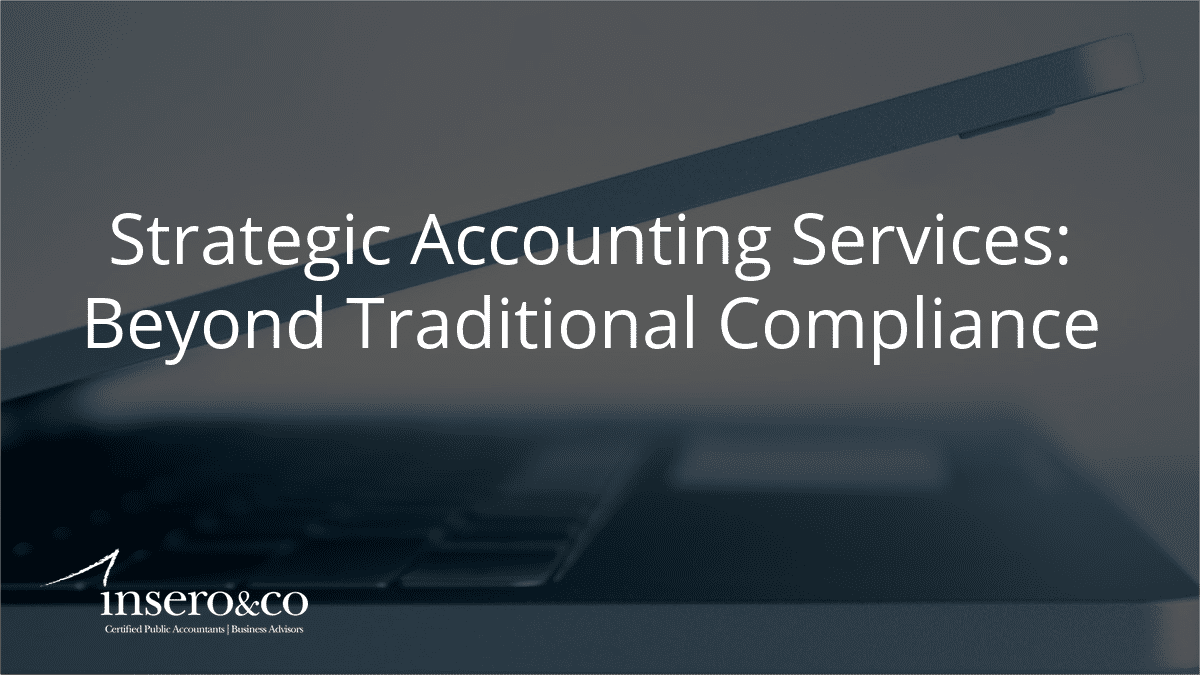Financial Data is the Foundation to Business Recovery
Business strategies need to change fast in response to the COVID-19 crisis. And to make the right changes at the right time, you need a thorough understanding of your business’s overall financial condition. Detailed financial information and analysis will help decision-makers make strategic decisions to shape your business future.
Here are some tips for conducting fast, informative financial analyses.
Identify the right comparisons
Your financial analysis should help you understand how closely your business performance aligns with various benchmarks. Cloud-based accounting software solutions like Sage Intacct can help you create customized reports, graphs, dashboards, and visualizations for these and other bases for comparison:
- Your business’s past. Your financial analysis should include a comparison with performance over the past three years. That’s the baseline. You might want to look even further back to identify additional trends. And because of the pandemic, you should also consider short-term comparisons—how did you perform in March versus April 2020, for example.
- Your contractual agreements. For the sake of current and future lenders, large customers, and investors, you’ll want to detail the financial performance benchmarks you’ve reached and show that you’ve stayed within prescribed limits for specific data points and ratios.
- Your primary competitors. Is your 4% sales growth an indication of wild success or lagging performance? To answer that, you need to analyze the financial performance of your primary competitors. Keep track of their data so you can better understand your own.
Focus on four types of analyses
You can conduct all sorts of financial analyses to reveal different aspects of business performance. We recommend focusing on these four:
- Internal analysis. This assessment can help you understand opportunities for business improvements, from upgrading your technologies to optimizing product prices and redirecting revenue to high-performing market segments.
- External analysis. Examine trends in your industry, as well as external resources and opportunities.
- Value-chain analysis. What are your major costs, resource strengths, and core competencies? A value-chain analysis will help you identify areas that need improvement and where you can get the greatest results for your investment.
- SWOT analysis. Assessing your Strengths, Weaknesses, Opportunities, and Threats (SWOT) will give decision-makers the information they need to establish business priorities, identify opportunities, and build on strengths.
Get the support you need
Insero & Co. is a public accounting firm with decades of experience working with businesses and nonprofits of all sizes. Our experts are available to provide consulting and other remote services, including financial analyses—whatever you need to help you get through these difficult times.




